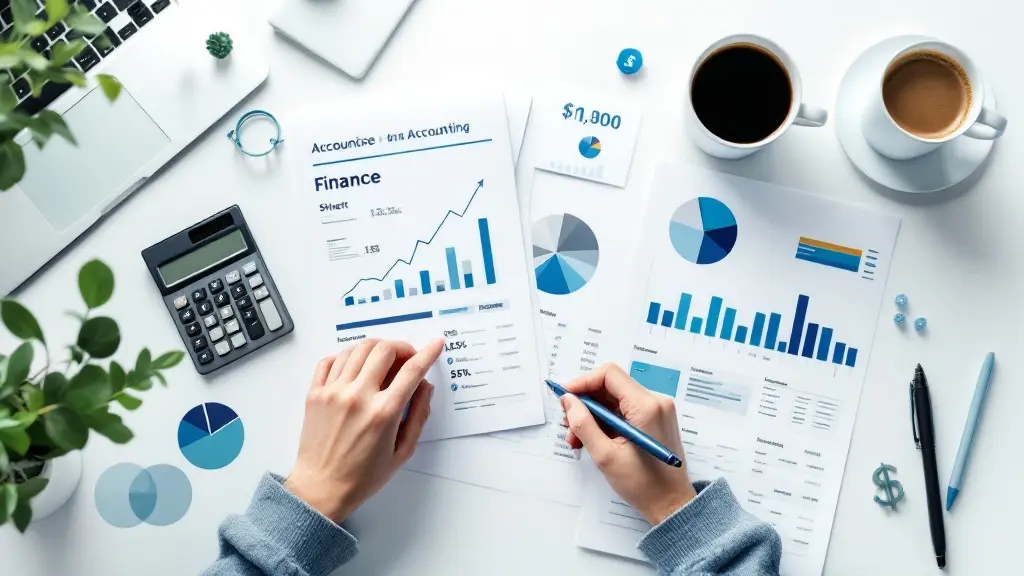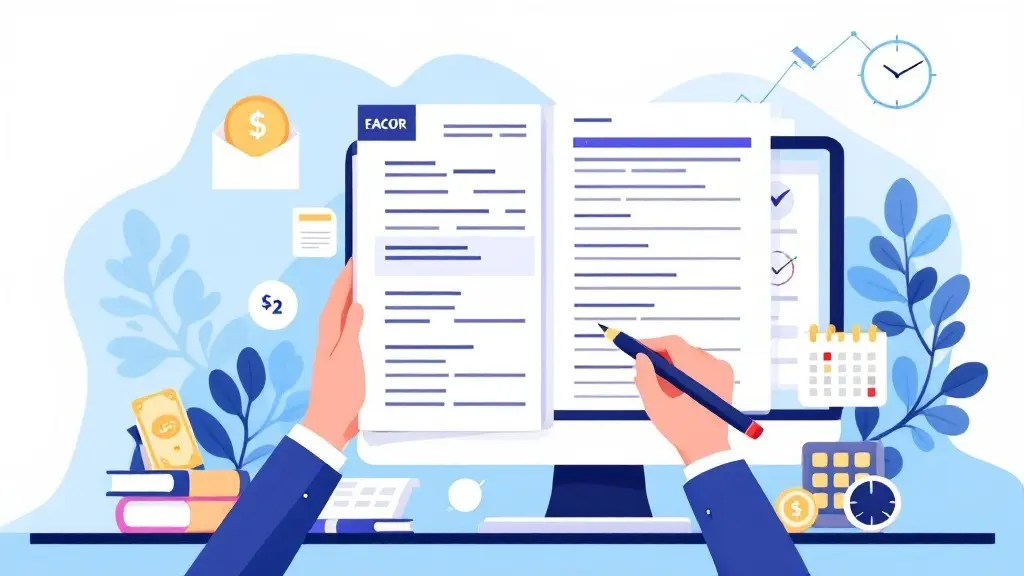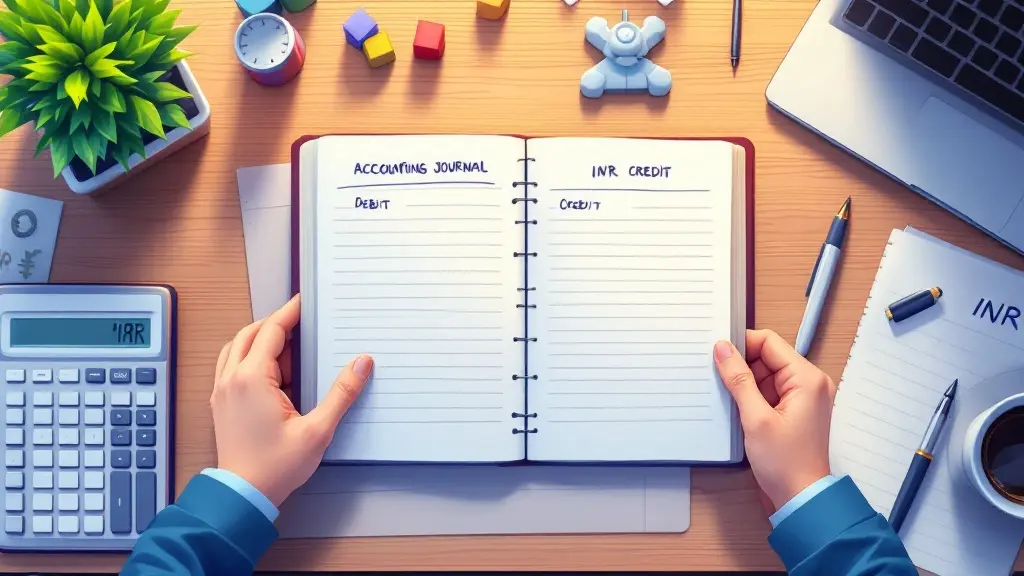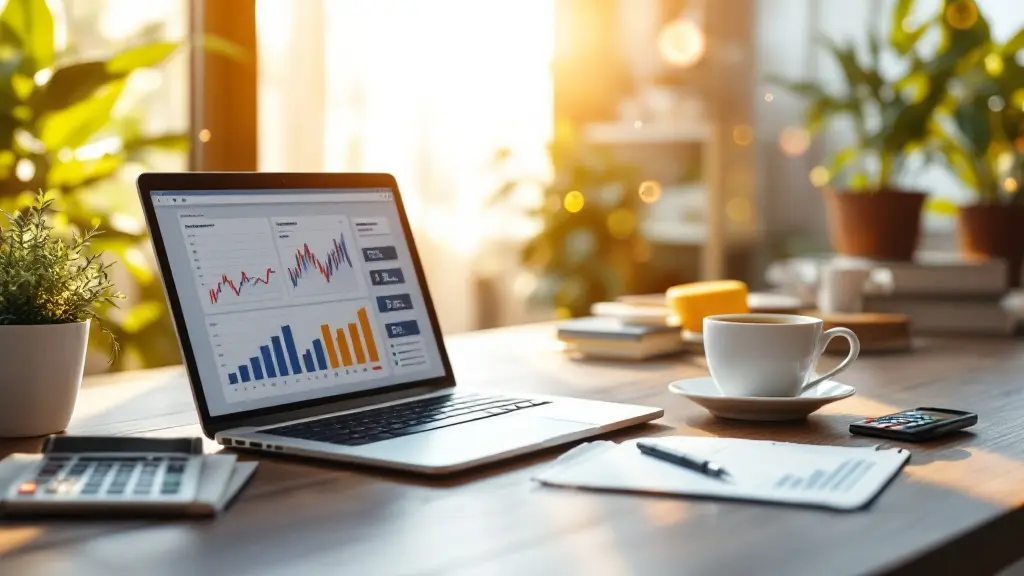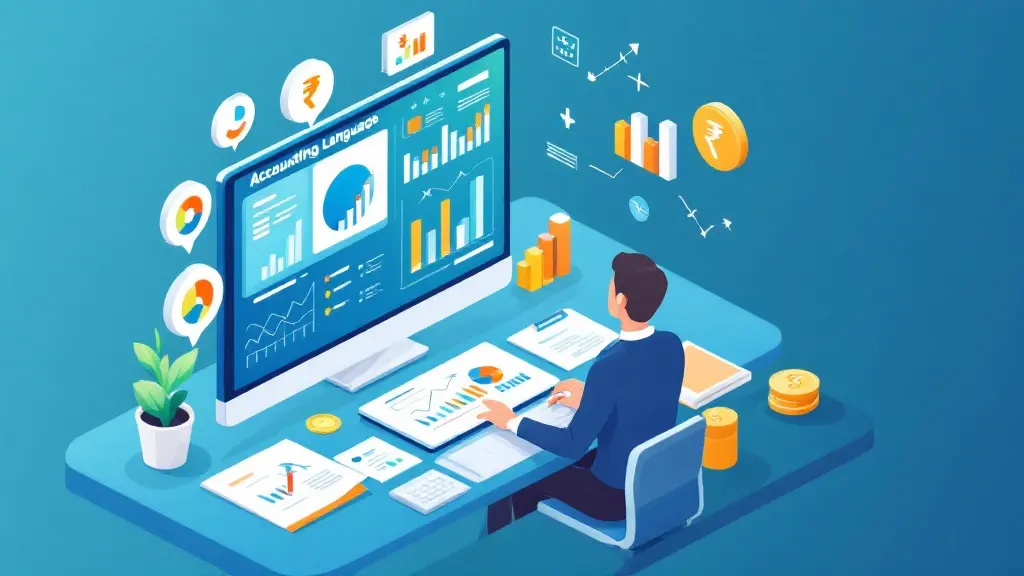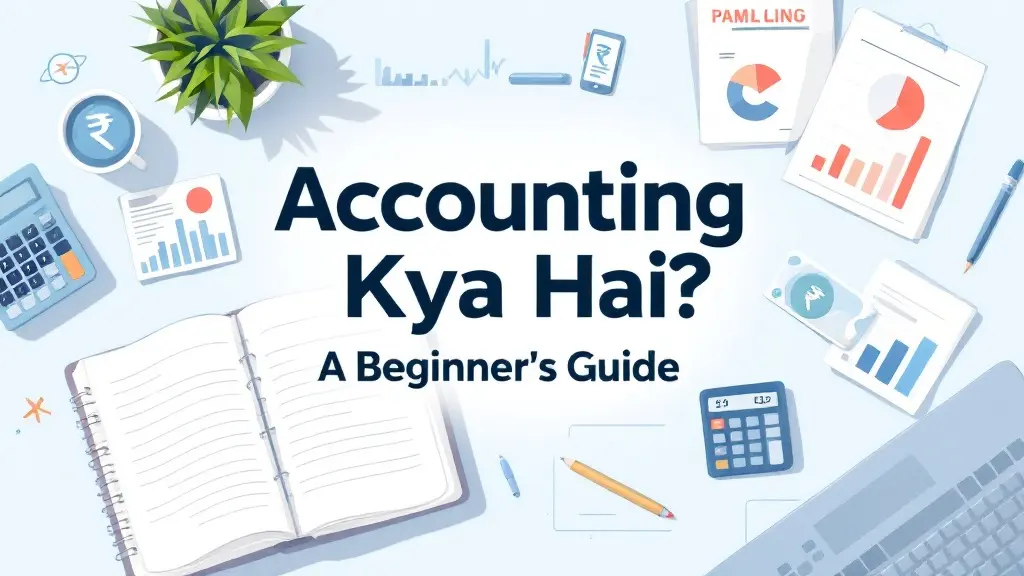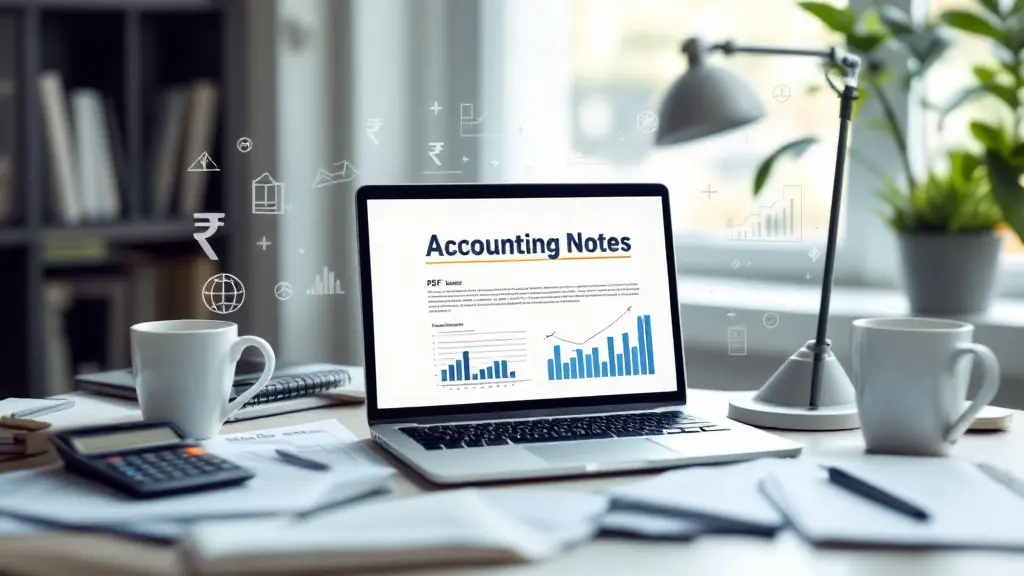The Importance and Application of Balance Sheets in Business Growth
Table of Contents
- 1. Assessing Financial Health
- 2. Identifying Trends Over Time
- 3. Making Strategic Decisions
- 4. Facilitating External Funding
- 1. Working Capital
- 2. Current Ratio
- 3. Debt-to-Equity Ratio
- 4. Return on Assets (ROA)
- 1. Evaluating Investment Opportunities
- 2. Managing Debt and Capital Structure
- 3. Enhancing Operational Efficiency
- 4. Planning for the Future
- 1. Focusing Only on One Period
- 2. Overlooking the Notes to Financial Statements
- 3. Ignoring Liabilities
Most Read
[fusion_dropcap class="fusion-content-tb-dropcap"]I[/fusion_dropcap]ntroduction: Understanding the Balance Sheet
A balance sheet is one of the most important financial documents for any business, whether small, medium, or large. It gives a snapshot of a company’s financial health at a specific point in time. With its ability to highlight assets, liabilities, and equity, the balance sheet provides valuable insights into a company’s stability, liquidity, and overall financial position.
In this blog post, we’ll explore what a balance sheet is, why it matters, and how businesses can use it for better decision-making and long-term growth. Whether you’re a business owner, manager, or aspiring accountant, this post will provide you with the key insights on how balance sheets apply in everyday business operations.
What is a Balance Sheet?
At its core, a balance sheet is a financial statement that summarizes a company’s assets, liabilities, and equity at a given point in time. It follows the basic accounting equation:
Assets = Liabilities + Equity
This equation ensures that the company’s finances are balanced, as everything a company owns (assets) is either financed by what it owes (liabilities) or the owner’s investment (equity).
Let’s break down the three key components of a balance sheet:
- Assets: These are the resources that a business owns and expects to bring in future economic benefits. Assets are usually divided into two categories:
- Current assets (e.g., cash, inventory, receivables), which are expected to be converted into cash or used up within a year.
- Non-current assets (e.g., property, equipment, long-term investments), which are expected to provide benefits over a longer period.
- Liabilities: These are the obligations that a business owes to external parties, such as creditors, lenders, or suppliers. Like assets, liabilities are categorized into:
- Current liabilities (e.g., short-term debt, accounts payable), due within one year.
- Non-current liabilities (e.g., long-term loans, deferred tax liabilities), due after one year.
- Equity: This represents the owner’s claims to the business’s assets after all liabilities have been paid. In other words, it’s the residual value of the business. Equity can come from the owner’s investments or retained earnings from profitable operations.
Why Does a Balance Sheet Matter?
A balance sheet is crucial because it provides stakeholders, such as investors, creditors, and managers, with the necessary information to make informed decisions. Here’s why it’s so important:
1. Assessing Financial Health
A balance sheet allows businesses to assess their financial health. By comparing assets against liabilities, a company can gauge whether it is operating efficiently and whether it has enough resources to cover its obligations.
2. Identifying Trends Over Time
When balance sheets are prepared periodically, they provide a historical record that helps in identifying trends. For example, if a company’s liabilities are consistently growing faster than its assets, it might signal a liquidity problem.
3. Making Strategic Decisions
For business owners and managers, a balance sheet helps guide strategic decisions. If the business is holding too much inventory or accounts receivable, it may decide to adjust operations. If liabilities are rising too quickly, it might reconsider its financing strategy.
4. Facilitating External Funding
Investors and banks often require balance sheets when considering loans or investment opportunities. A well-prepared balance sheet can help a business secure external funding by demonstrating its ability to manage finances effectively.
How to Read a Balance Sheet: Key Metrics and Ratios
Understanding a balance sheet involves more than just knowing what’s listed under assets, liabilities, and equity. To truly assess a company’s financial position, you need to look at key metrics and ratios that provide deeper insights.
1. Working Capital
Working capital is calculated by subtracting current liabilities from current assets. It indicates a company’s ability to cover short-term obligations with its short-term assets. A positive working capital suggests that the company is in a good position to meet its current liabilities.
Formula: Working Capital = Current Assets – Current Liabilities
2. Current Ratio
The current ratio compares a company’s current assets to its current liabilities. This ratio helps measure liquidity and the company’s ability to pay off short-term debts. A current ratio of 2:1 is considered healthy, indicating that the company has twice as many assets as liabilities.
Formula: Current Ratio = Current Assets / Current Liabilities
3. Debt-to-Equity Ratio
This ratio compares a company’s total debt to its shareholder equity, highlighting the level of financial leverage a company is using. A high ratio may indicate that the company is heavily reliant on debt to finance its operations, which could be risky.
Formula: Debt-to-Equity Ratio = Total Debt / Total Equity
4. Return on Assets (ROA)
ROA measures a company’s ability to generate profit from its assets. It’s a good indicator of how efficiently a business is utilizing its assets.
Formula: ROA = Net Income / Total Assets
Applications of Balance Sheets in Business Decision-Making
Now that we know what a balance sheet is and how to interpret it, let’s look at how businesses can apply balance sheets for decision-making and long-term growth.
1. Evaluating Investment Opportunities
Investors rely on balance sheets to evaluate the financial health of companies they are considering for investment. By examining a company’s asset base, liabilities, and equity, they can determine whether the company is a worthwhile investment.
2. Managing Debt and Capital Structure
For companies looking to raise capital, the balance sheet is crucial in determining how much debt they can afford. If a company’s equity is low, it may opt for debt financing to raise capital, but if liabilities are already high, it may be wiser to explore equity financing.
3. Enhancing Operational Efficiency
A balance sheet allows a business to track its assets and liabilities effectively. For example, if a company’s inventory is increasing without corresponding sales, it might decide to improve inventory management. Alternatively, if accounts receivable are rising too much, it could implement better collection strategies.
4. Planning for the Future
By reviewing balance sheets regularly, businesses can plan for the future with greater accuracy. For example, if a company is seeing a steady increase in equity, it might consider reinvesting those earnings into expansion. Conversely, if liabilities are becoming unmanageable, the company may need to restructure its debt or reduce operational costs.
Common Mistakes to Avoid When Analyzing a Balance Sheet
While balance sheets provide valuable insights, it’s easy to misinterpret or overlook key details. Here are some common mistakes businesses should avoid when analyzing balance sheets:
1. Focusing Only on One Period
A single balance sheet is a snapshot of the company’s financial position at one moment in time. To get a clearer picture, you should analyze multiple periods to identify trends.
2. Overlooking the Notes to Financial Statements
The notes to the financial statements contain important information that explains items on the balance sheet. Neglecting these notes could lead to an incomplete or incorrect analysis.
3. Ignoring Liabilities
Sometimes, companies focus too much on assets and ignore liabilities. It’s crucial to assess the company’s ability to meet its obligations. High liabilities can pose risks, even if assets are strong.
Conclusion: Leveraging the Balance Sheet for Success
A balance sheet is much more than just a financial statement—it’s a powerful tool for making informed decisions and ensuring the financial health of a business. By regularly reviewing and analyzing the balance sheet, companies can make better decisions about investment, operations, and strategic direction.
For business owners and managers, understanding how to read and apply a balance sheet is key to driving growth and maintaining financial stability. Whether it’s assessing liquidity, managing debt, or planning for the future, the balance sheet provides the insights needed to navigate today’s competitive business landscape.
Call to Action:
If you’re ready to take control of your business’s financial health, start by reviewing your balance sheet today. Reach out to a financial expert for guidance on how to optimize your business’s finances and make smarter, data-driven decisions.
